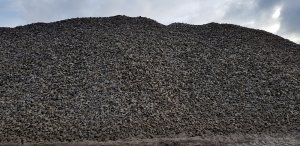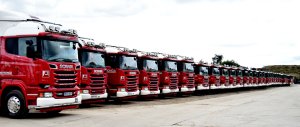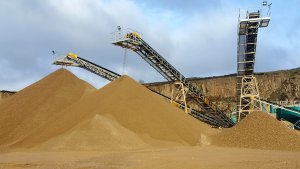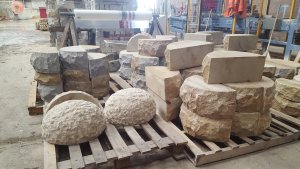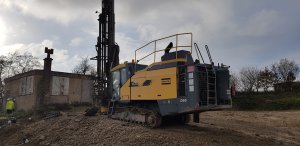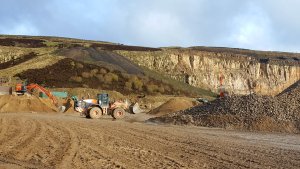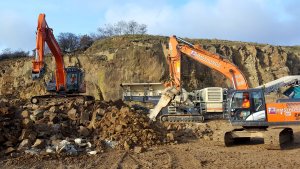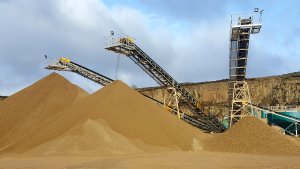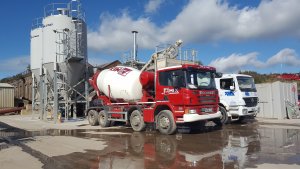Festive Break
Firstly, we want to wish all our customers, staff and local communities a Merry Christmas and a prosperous and happy New Year! Everyone at Armstrongs from Aggregates to AMIX would like to thank our customers and communities for another excellent year. We look forward to working with existing and new customers and people in our communities in 2019 after the Festive Break.
When is the festive break?
The Armstrongs festive break comes into effect from Christmas Eve until January 2nd. Our staff are taking an extended break for the festive season to fill up on mince pies and Christmas dinners!
There will be limited staff on site across this period so the best way to contact us would be via email. We will do our best to get back to you in a timely manner.
Our Year in the Community
Over the past few months you will have seen that we have improved on and increased our work in our local communities. These are foundations that we have built to have a lasting effect in our communities. We have worked closely with Bolton Sixth Form College and The University of Bolton to provide work experience opportunities to students. We have raised money for Macmillan Cancer Support. Also, we collected donations for Local food banks- including Bolton Lads and Girls Club- and so much more. We aim to continue to expand on and build new relationships with our community in the coming year.
Thank You to Our Staff
Our staff have worked tirelessly all year round to provide high quality products and services and we would like to thank them for such a brilliant year. We hope they enjoy their festive break. We could not provide the high quality products and service without them.
Merry Christmas and a Happy New Year
We would like to wish our entire Armstrongs family a very Merry Christmas and a Happy New Year. We look forward to your return in the New Year.
If you have any queries or questions for us over the festive period you can email us on enquiries@armstrongsgroup.com and we will get back to you as soon as we can.
Merry Christmas.
Armstrongs Aggregates & AMIX RMC




